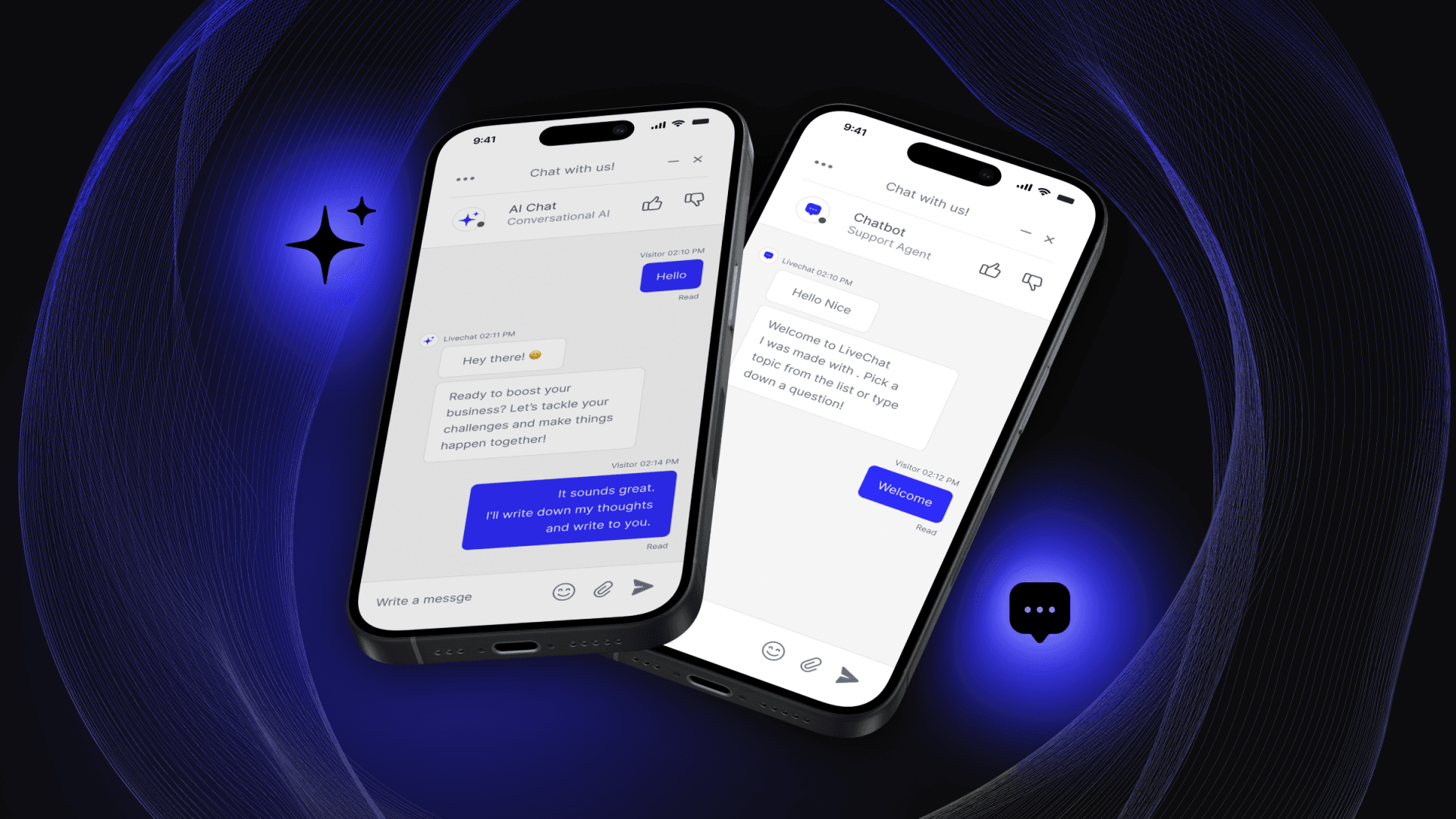

Application re-engineering involves upgrading and modernizing legacy software systems to meet current and future needs. This process includes analyzing and transforming existing software to overcome limitations and enhance performance.
It's a cost-effective alternative to building a new system from scratch, but it requires careful risk management and testing to address potential issues. The goal is to create a system that can adapt to changing market conditions and customer demands.
Revitalize your legacy applications through OTAKOYI's effective re-engineering, transitioning them to contemporary platforms with optimized architectures. This transformation eliminates operational delays and unnecessary phases, enhancing the overall viability and efficiency of your organization's operations and management.
Liberate your applications from outdated interfaces by embracing a modern UI/UX. OTAKOYI employs the latest design methodologies, incorporating psychology-driven UI/UX principles to boost user attention, engagement, and recall. Elevate your applications with a refreshed user experience aligned with cutting-edge design standards.
Empower your legacy systems with cutting-edge technologies such as AI, Machine Learning, and Voice Interfaces for intelligent decision-making and graphical data visualization. OTAKOYI also employs modern approaches like microservices to redesign software architecture, fostering increased agility, performance, and scalability.
Re-engineering with OTAKOYI is not only a cost-effective solution for product quality improvement but also expedites the deployment process. By focusing on reengineering existing applications, this approach maximizes development efficiency, saving significant time in the software rollout.
Our dedicated support team actively monitors application performance. In the event of glitches, our support team swiftly addresses and resolves issues to prevent recurrence. With our re-engineering services, we update your existing architecture and technology stack, ensuring optimal efficiency and sustained long-term performance.
The initial step involves gaining a comprehensive understanding of why application re-engineering is necessary and what specific objectives it aims to achieve. This includes defining both the business and technical requirements that the new application must meet.
Conducting a thorough analysis of the existing application is crucial. This analysis encompasses evaluating the architecture, design, code, limitations, issues, and dependencies of the current application. Areas that require improvement are carefully identified during this stage.
A detailed plan is formulated to guide the re-engineering process. This plan outlines the steps to be taken, the resources required, established timelines, and potential risks. The creation of this plan is essential to ensure a well-organized and structured effort throughout the re-engineering process.
The architecture and design of the application undergo significant enhancements in this step. The aim is to overcome limitations from the past, optimize overall performance, and simplify the existing code. Industry best practices are carefully considered during the redesign process.
Portions of the entire application code are rewritten using improved technologies, patterns, and coding standards. The objective is to make the code more extendable and manageable, contributing to the overall effectiveness of the re-engineered application.
Re-engineered components are subjected to rigorous testing, both individually and collectively. This testing phase is crucial for identifying and correcting any flaws or issues before the full deployment of the re-engineered application.
The re-engineered application is deployed following thorough testing. Users undergo training to ensure a smooth transition, and data is migrated from the previous system to the newly re-engineered one.
Post-reengineering, the application is closely monitored to ensure that it functions as intended. This monitoring phase serves to identify any potential areas for improvement, providing valuable insights for subsequent re-engineering cycles.
We strive to meet all your requirements and deliver results on time and within the set budget. If you opt to hire our Flutter developers, you get a high-quality service from the team that is willing to give you their best. Drop us a line and let’s create something interesting together!
contact us
FinTech

Healthcare

Real Estate

E-Learning & EdTech

Lifestyle & Social

Energy

Retail & Distribution

Automotive
We have a proven track record of building high quality solutions for customers all over the world.
By submitting this form I consent to processing my personal data as described in the Privacy Policy